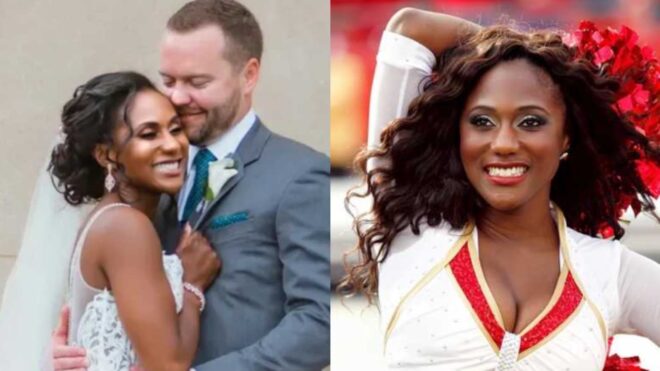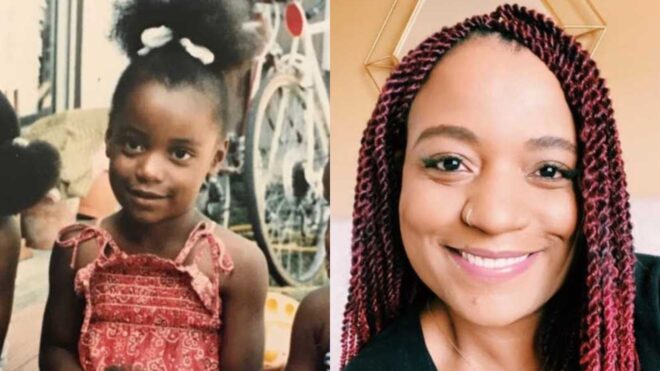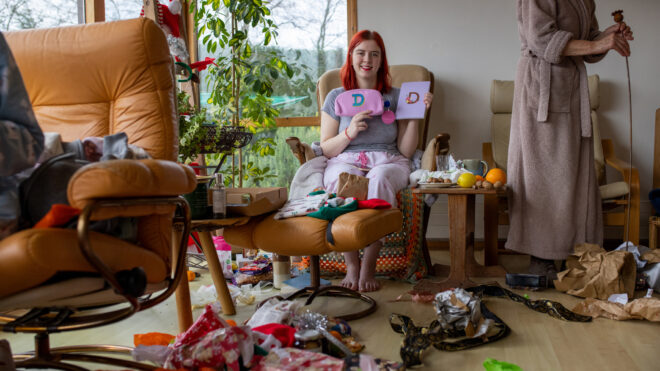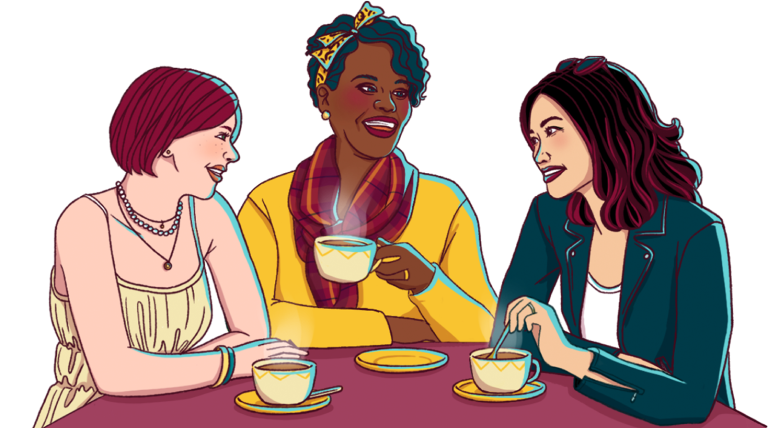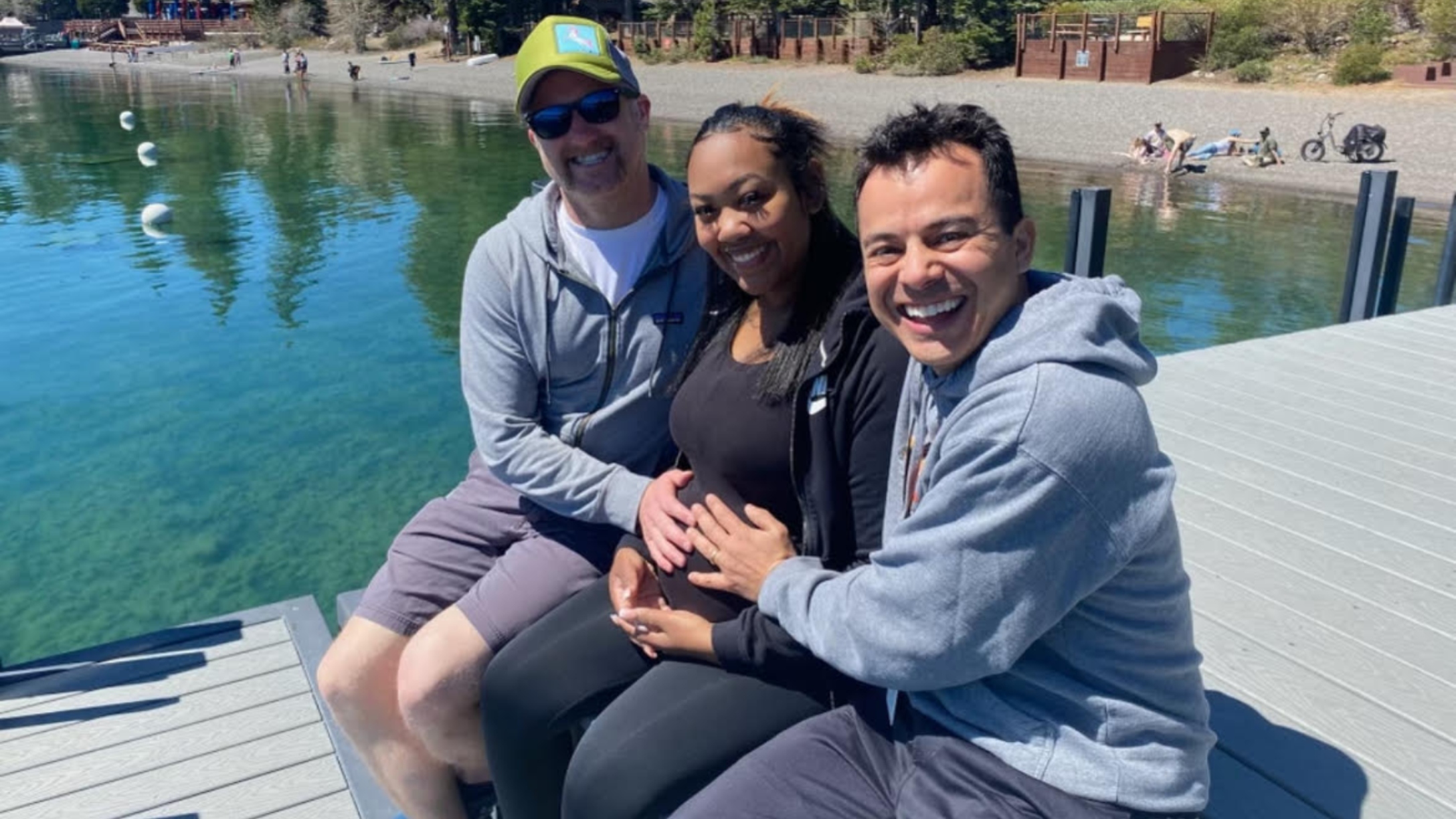
From Black women’s origins in the US, we’ve been expected to mother the nation. Black women have suckled their enslavers’ children. They’ve been forced to carry the products of miscegenation and obligated to raise the children that would one day rule over them. Furthermore, the children that were their own would inevitably become someone else’s property. Fast forward to today, and still, the idea of a Black woman offering up her body to bring another person’s child into the world comes with historical implications.
But for Zarah Hilliard, becoming a surrogate came with safety, connection, and the beauty of helping another family.
Hilliard worked with the agency SurrogateFirst to realize a dream she’d been holding onto since childhood.
“I was actually in about seventh or eighth grade, when I found out what surrogacy was,” Hilliard explains. One of her teachers became a surrogate for another couple, and it was something Hilliard knew she wanted to do one day.
“I thought, ‘How amazing.’ I’ve seen my mom, my dad and how much they loved me. I’ve seen my nieces and nephews getting loved on. I’d seen a lot of the babies in our family being seen as a really big blessing and I couldn’t imagine what our lives would be like had one of the people close to me been told, ‘You can’t have a baby,’” she tells CafeMom.
More from CafeMom: 'Desperate' Couple Who Hired a Surrogate Change Mind After Seeing the Baby
Unlike surrogacy arrangements of the past that left outcomes up to feelings and chance, Hilliard went into the process with her own autonomy.
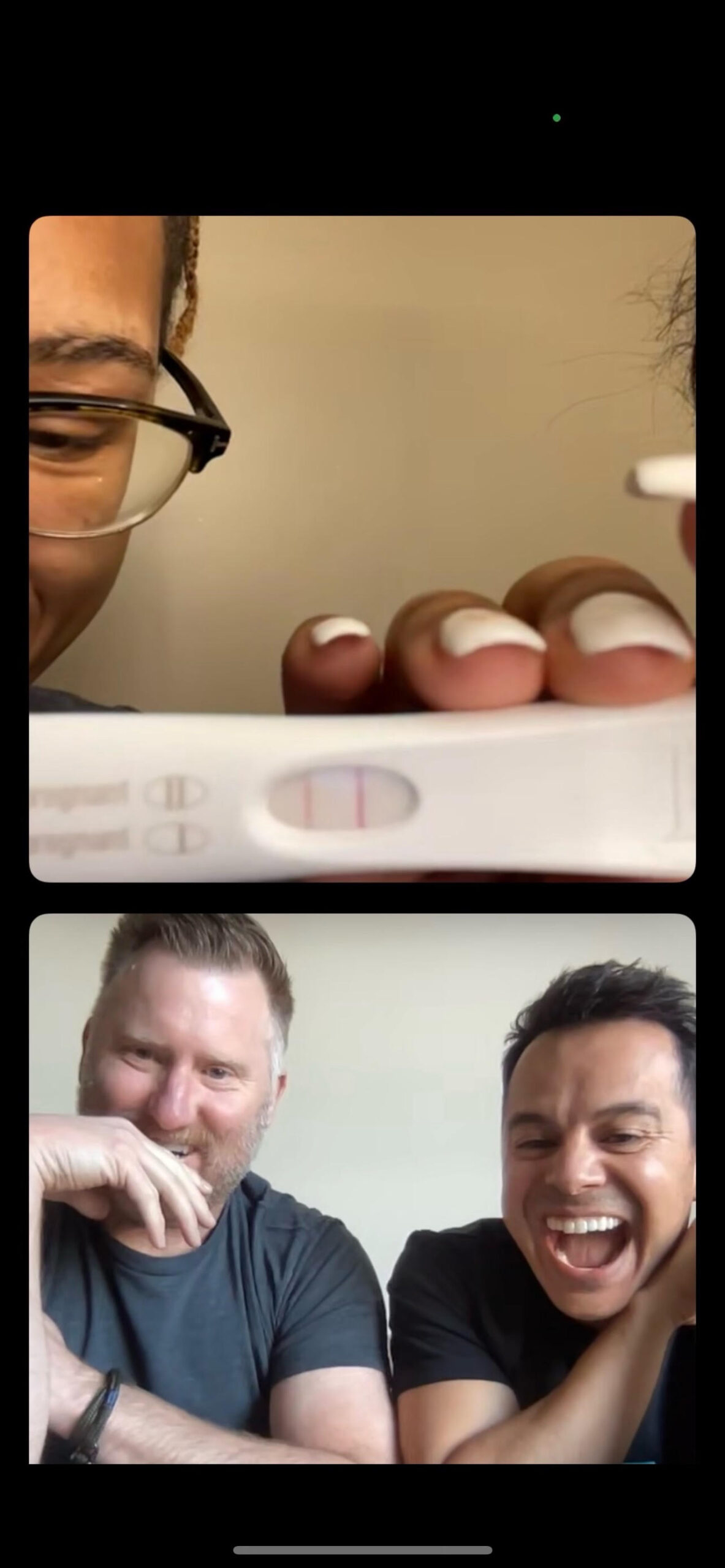
“I just wanted to make sure I felt comfortable and I felt safe with my intended parents. A lot of things come in pregnancy: hormones, morning sickness. You go through a lot. And I know with my first set of parents, I could really depend on them,” she says.
Even as recently as the '90s there are horror stories of the Black women who decided to take on a surrogacy journey only to find there was no support. In 1990, Anna Johnson entered into an agreement with Crispina and Mark Calvert, according to Anita L. Allen’s 1991 article for the University of Pennsylvania Carey Law School. They agreed to pay her $10,000 to carry and deliver their child. She agreed to relinquish any parental rights she may have had. But by the seventh month of her pregnancy, Johnson claimed the Calverts had abandoned her. They’d missed payments and when she was experiencing false labor pains, Mark Calvert refused to take her to the hospital. As a result, Johnson threatened to keep the baby if she were not compensated. Furthermore, she claimed to have developed maternal feelings for the child.
Today, with the protection of a surrogacy agency, things are different.
The two fathers Hilliard carried for attended doctors’ appointments with her, offered compassion when she didn’t feel well, and provided a listening ear.
From the beginning, Hilliard had a say over the people for whom she would carry.
"When my agency has sent me parents and I didn’t really know if that spark was really there, I felt comfortable to be like, 'I don’t know if I match well with these people but can you still find me my perfect match,'" Hilliard explained.
“They were really big on finding me my perfect match. They’d ask me, ‘What about these people didn’t feel 100% comfortable to you? What do you really want out of your next set of parents?’ They’re really into making sure their surrogates are comfortable and that they feel safe with their intended parents.”
Feeling the connection she did share with her intended parents made handing their baby off to them a joyous moment rather than one rife with conflicting feelings.
“[It’s] something I get asked a lot. Did I feel emotionally connected to the baby and was it hard to give the baby up at time of labor? And the answer to that question was no. I felt so happy to give this baby to this family," she tells CafeMom.
Hilliard, who is the mother of a 3-year-old son of her own, likened the moment to witnessing a child’s joy during the holiday season.
“It's kind of like your child’s first Christmas when they’re of age to know what Christmas is really about. I would say that the excitement I saw in the dads’ eyes upon me handing over their baby, that is exactly what it felt like. Seeing your kid’s face light up on Christmas,” she says.
Perhaps Hilliard’s own positive experiences explain why surrogacy rates among Black and Latina women have increased 400%, according to SurrogateFirst’s 2024 survey. For those Black and brown women who may still feel trepidation about the idea, based on historical truths, Hilliard has some sage words.
'I think [women of color] are thinking about it in terms of ‘I will have to nurture this baby' ...'
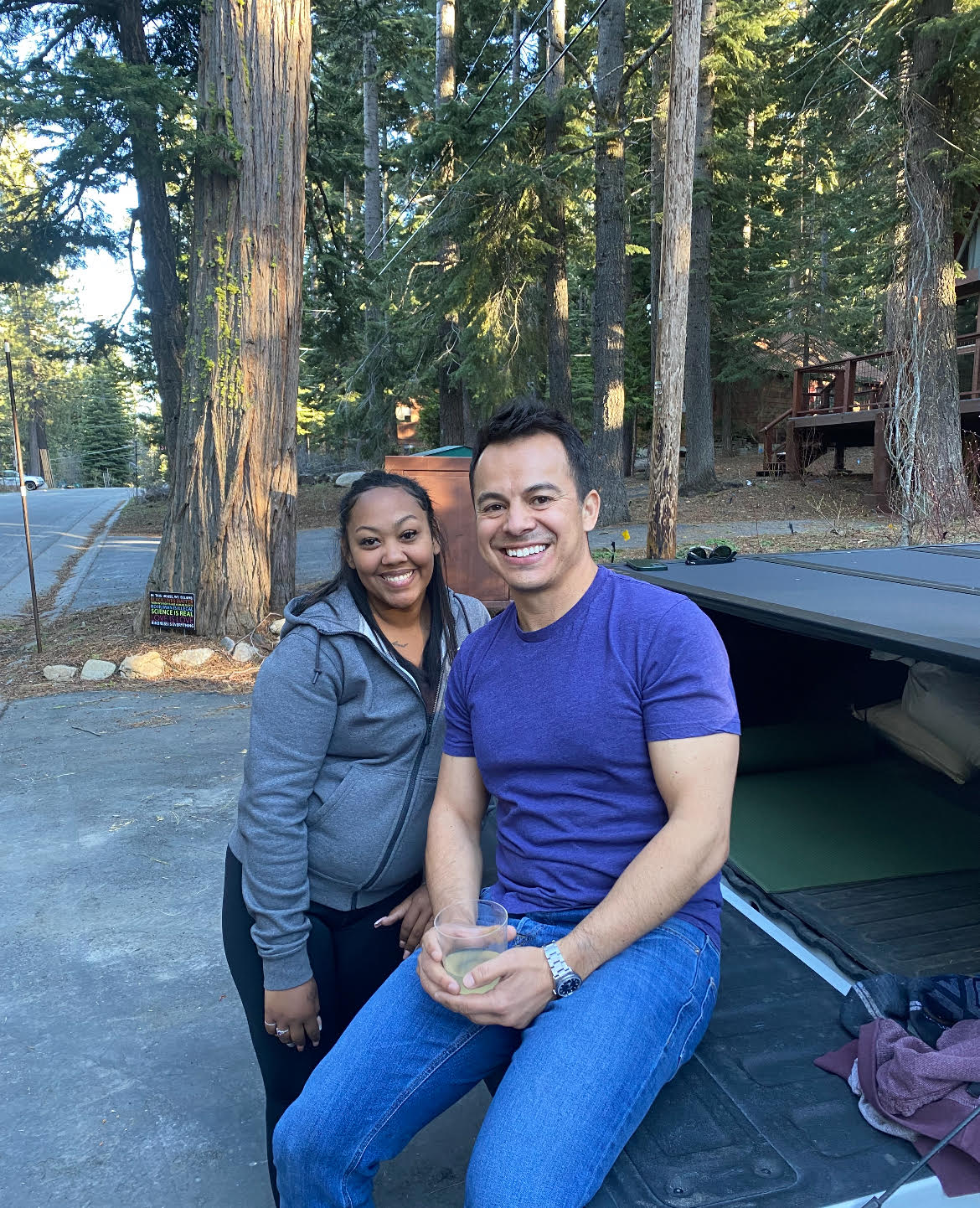
"… Then I’m going to have to help raise this baby. I’m going to have to be somebody that this baby depends on long term. But there’s no connection there when it comes to me and this journey. As soon as I had my surrogate baby, my hands were thrown up. I want to see you guys go into full daddy mode. And I’m sitting for the sidelines cheering them on,” she explains.
Hilliard says she will always be there for her surrogate son if he has questions or wants to chat. But the plan was for him to always go with his intended parents.
Carrying for two fathers was also important for Hilliard. As a member of the LGBTQ+ community herself, she could relate to the dads’ desire to have a child.
“People don’t understand how hard it is for people who are a part of the LGBT community to have a baby,” Hilliard says. “The process of that costs quite a bit.”
Hilliard explained that even with two women, it may take a while for one person to get pregnant. “So when I met the dads, I understood how they had wanted a baby for a very long time, they just didn’t have the means to become pregnant right away. I could totally relate to that,” she explains.
Hilliard was so pleased with her first surrogacy journey that she’s decided to participate in the process again.
She was recently matched with her intended parents and is more confident in the process the second time around.
“In my first journey, I was unsure of what I was going into and what I was going to look like. But I knew I wanted to do it,” she says “Now, not only do I know that I want to do but I know what it’s going to look like. So now I’m even more comfortable and I’m really excited. SurrogateFirst has been an amazing experience so I’m super excited to go into it with them again.”
In addition to helping other parents, Hilliard also wants to encourage other women of color and Black women particularly, to consider surrogacy.
“It’s important that I’m starting to speak to young African American women and let them know that this is something you can do,” Hilliard says. “I don’t want them to feel like they’re not included when we’re speaking to women about becoming surrogates. This is something beautiful and it is also for them.”


